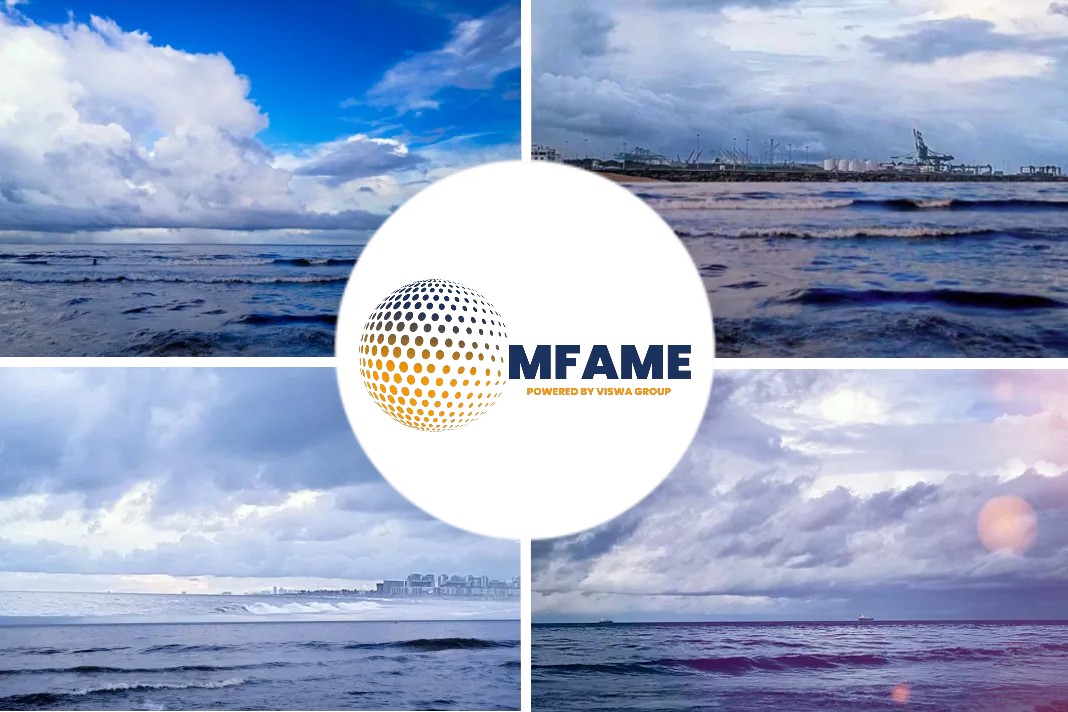 Within the last two weeks, the ongoing debate on the European Union Ship Recycling Regulation and a bilateral agreement between the European Union (EU) and India to solve the Basel Ban Amendment conundrum is re-surfacing once again, as the Danish Environmental agency is reportedly investigating Maersk’s recycling standards in India.
Within the last two weeks, the ongoing debate on the European Union Ship Recycling Regulation and a bilateral agreement between the European Union (EU) and India to solve the Basel Ban Amendment conundrum is re-surfacing once again, as the Danish Environmental agency is reportedly investigating Maersk’s recycling standards in India.
Maersk also stated that some of the Indian ship recycling yards that applied for inclusion on the EU-List are even better than the yards that are already approved by the EU.
Why EU didn’t approve yards in india?
Even though the EU has audited a few yards in India, they did not approve them for two external factors, which are beyond the control of yard owners. For example, modern hospitals (including a Trauma centre) and downstream waste management facility that is equivalent to EU Standards.
The Beaching method itself is the indirect criterion for not accepting any yards in India, even though the EU never pointed it clearly out in its regulation or its audit reports.
Beaching method
Beaching method itself be the indirect reason to neglect Indian yards, a technical assessment of the recycling process in India must be conducted, including the cost and quality of recycling at an EU-approved ship recycling facilities vs. at an Indian recycling yard. The beaching method of ship recycling is the most dangerous recycling method to the environment and yard workers. Moreover, low labour wages and poor environmental compliance costs are the reasons why South Asian yards offer higher prices on end-of-life ships and more than 90% of end-of-life vessels thus end up in these countries.
Recycling of ship
A typical 10,000 Light Displacement Tonnage (LDT) container vessel will have about 5% weight loss due to corrosion, loss during recycling, and wear and tear over the operational lifecycle of the vessel.
In addition, nearly 0.5% non-ferrous, 4% machineries, and 0.5% reusables (such as furniture and fixtures) are recovered during the recycling process. The remaining 90% is ferrous. In the case of South Asian countries, nearly 75% of the remaining 90% of ferrous gets routed to re-rolling mills as steel plates, including direct use of steel plates to make flanges, girders, and pipes. 15% of the remaining 90% heads for melting, which includes irregular size scrap.
In the case of Turkey and other EU recycling yards, most of the remaining 90% ferrous heads directly for melting and only a fraction of it is sent to the re-rolling mills.
Comparison of EU approved recycling yards and India when recycling a 10,000 LDT Container vessel
The prescribed wages in South Asian countries for unskilled labor are between US$ 4 to US$ 6 per day. In comparison, wages for unskilled Turkish laborers are about US$ 16 to US$ 17 per day. The difference of US$ 12 per day equates to US$ 36,000 per month (considering 100 workers per yard with paid leave). The recycling duration of such a vessel at a Turkish yard (which typically takes about 4 months to complete), adds up to US$ 144,000 or an additional US$ 15 per LDT cost on wages when compared to sub-continent recycling countries.
When evaluating the environmental cost, the removal and disposal of each ton of Asbestos is about US$ 800 in Turkey. In contrast, it costs a mere US$ 300 per ton in India. Presuming about 10 tons of Asbestos for a given vessel (higher value), it costs about US$ 8,000 for disposal in Turkey. Disposal of paint chips generated during the recycling costs about US$ 500 per ton in Turkey, whereas it is comparatively cheaper (US$ 200 per ton in India).
In summary, it would be safe to presume about US$ 150,000 as environmental / waste management costs in Turkey for all types of wastes identified in an Inventory of hazardous materials developed as per the IMO’s Resolution MEPC.269(68) guidelines and adds an additional US$ 15 per LDT for hazardous waste management if recycled in Turkey as compared to India.
Higher cost of wages and hazardous waste management vs Higher quality of work
The higher cost of wages and hazardous waste management cannot be associated with a higher quality of work. For example, heavy metal contamination levels at the coast of Aliaga’s ship recycling zone exceed the prescribed limits and is considered heavily polluted. Including labor and 0hazardous waste management costs, Turkey should offer US$ 30 – US$ 35 per LDT less than the prices offered in India (or any South Asian recycling Country). However, the fact is that Turkey consistently offers US$ 90 to US$ 160 per LDT less than India (or any South Asian recycling Country) as the domestic value of steel generated from recycling is less when compared with South Asian countries. The EU-list of ship recycling yards even offers US$ 200 – US$ 300 less per LDT than the sub-continent.
All of the above factors should serve as an eye-opener for those who believe that ship recycling yards in South Asia offer higher prices due to the implementation of poor/inferior recycling practices aimed at cost-cutting.
Conclusion
Irresponsible recycling is possible in all methods of recycling. However, associating such practices only to a particular geographical region or a specific recycling method is a fallacy. The landing method practiced in Turkey is, in fact, no different from the beaching method practiced in South Asian countries. What should truly matter is how a ship is recycled safely and environmentally soundly after beaching or landing. A bilateral agreement between India and the EU should take place at the earliest and yards in India should be included in EU-list of approved ship recycling yards.
Did you subscribe to our daily newsletter
It’s Free! Click here to subscribe!
Source: gmsinc.net















